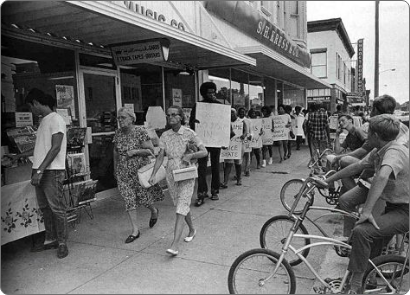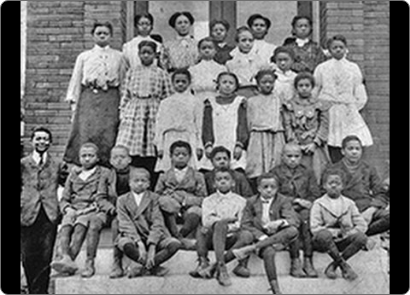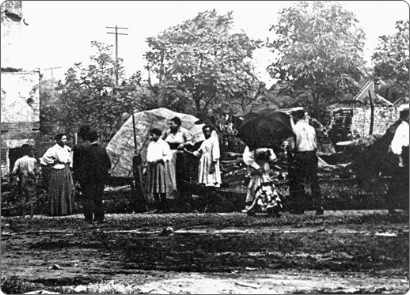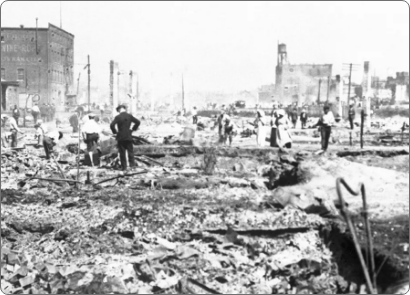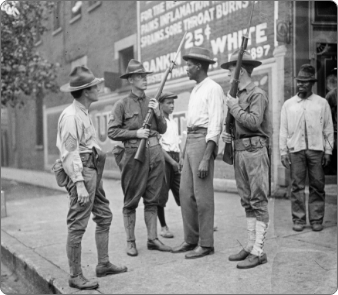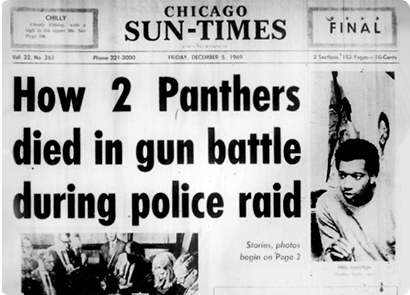The Assassination of Fred Hampton (1969)
OVERVIEW
On December 4, 1969, Chicago police, in coordination with the FBI, raided the apartment of 21-year-old Fred Hampton, chairman of the Illinois Black Panther Party. He was shot and killed while sleeping, alongside fellow Panther Mark Clark, in what was later exposed as an FBI COINTELPRO operation designed to dismantle Black activist movements.
